Mozambique: Government expects 5% increase in ruby production in 2025
Mozambique geared to become energy hub in the region
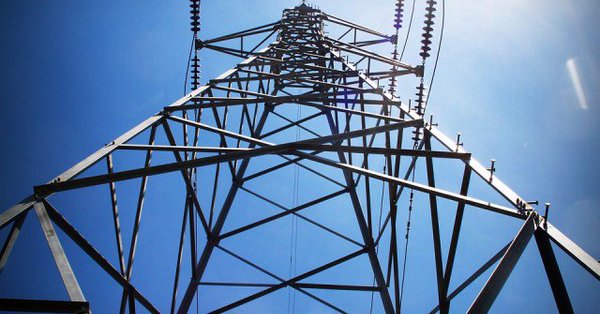
in file CoM
The director of Market Operations at Mozambique’s utility company Electricidade de Mocambique (EDM), Luis Ganje, says the government is mobilizing more investments to build new power generating projects to meet the huge energy demand in the region.
Ganje, who was speaking to the press in Maputo this Tuesday on the sidelines of the 59th General Meeting of the Southern African Power Pool (SAPP) said that a financial agreement, estimated at 5 billion US dollars for the implementation of the Mphanda Nkuwa hydroelectric project would be reached soon.
According to the source, the new hydroelectric on the Zambezi River, downstream Cahora Bassa dam (HCB), in the central province of Tete, will help to alleviate the regional energy deficit, currently estimated at seven gigawatts.
He also pointed the construction of a 563 kilometres long new transmission power line Temane-Maputo, and implementation of the Tete-Maputo line, also known as the “backbone,” which will make it possible to develop integrated electricity infrastructures, which will serve to support the industrialisation of Mozambique and the region.
“The energy deficit in the region is much greater than the existing capacity produced in Mozambique at the moment. Mozambique tends to become a power generation hub, not only to meet the need for universal access by 2030, but also to meet the needs of the region,” said Ganje.
“We have several projects underway, naturally it is a process that takes time, but we hope that by 2030, with the entry into operation of the Mphanda Nkuwa project, we will be able to provide a more robust response to regional needs”, he added.
The Construction of the dam, with capacity to generate 1,500 MW of power, will take seven years. Besides the dam, the project includes a transmission power line with a length of over 1,500 kilometres.
Ganje also underlined the expansion of renewable energy projects currently underway that should, by 2025, inject about 200 megawatts into the national electricity grid, for domestic consumption and export to the regional market.
“At the moment we are not exporting renewable energy, we produce 30 megawatts at the Mocuba Solar plant, for domestic consumption, but with the projects we are implementing, such as the Metoro plant and others in the pipeline we hope to export energy from renewable sources soon,’ he said.
Gange, who was unable to provide figures, also expressed his concern with the problem of vandalisation of the power transmission infrastructures, which besides the direct damage to customers, cause huge losses for the country.
The three-day meeting brings together 150 representatives from companies working in SADC energy sector.


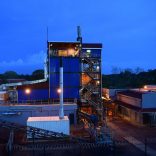

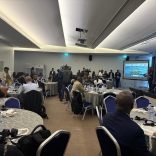
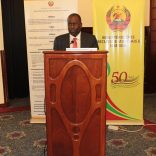


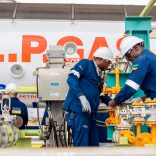

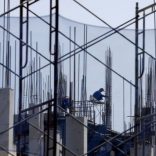

Leave a Reply
Be the First to Comment!
You must be logged in to post a comment.
You must be logged in to post a comment.